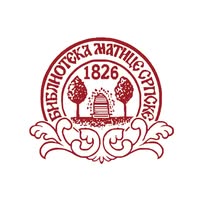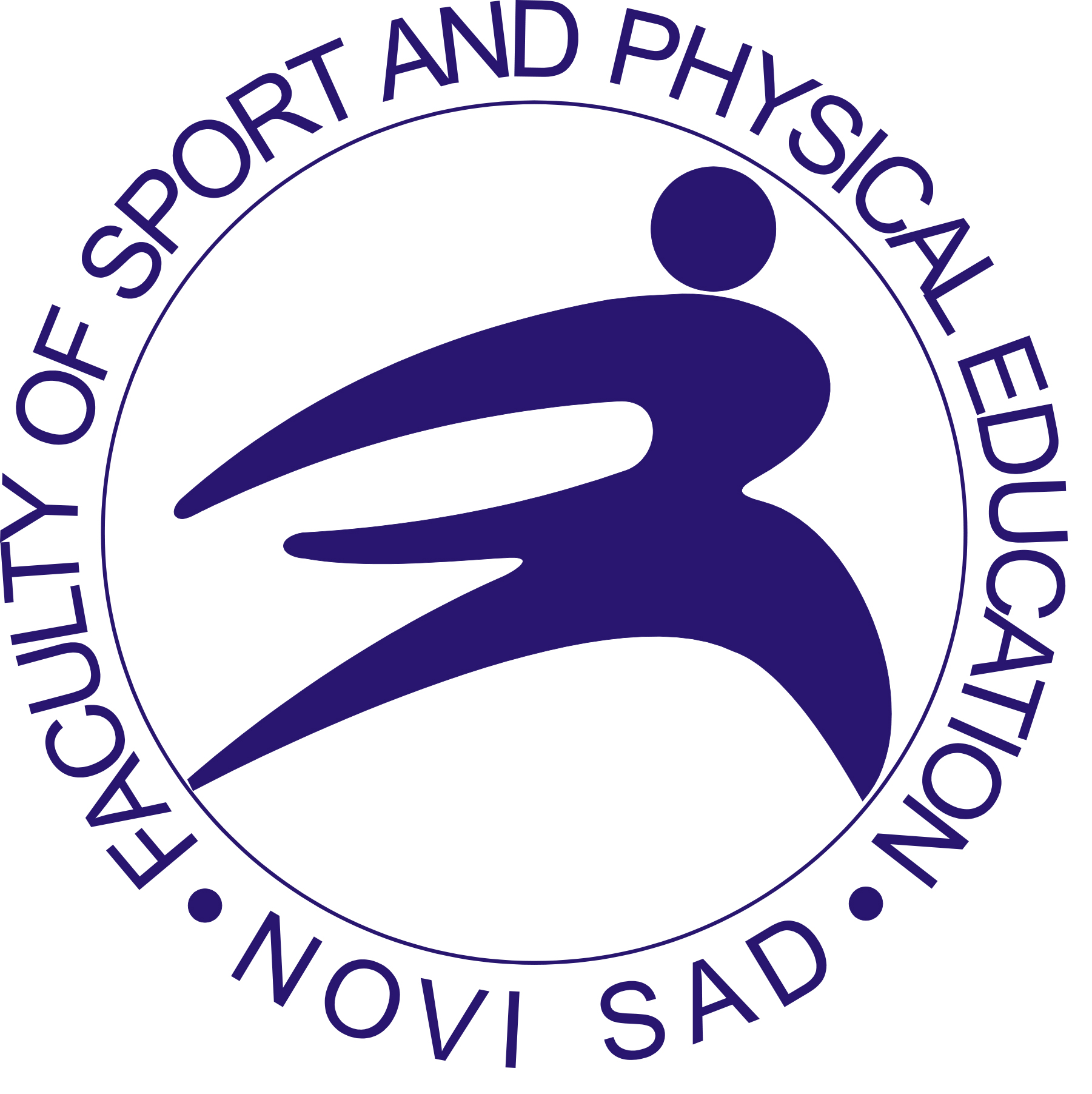Current issue

Volume 18, Issue 1, 2026
Online ISSN: 2406-1379
ISSN: 1821-3480
Volume 18 , Issue 1, (2026)
Published: 17.12.2025.
Open Access
Online First is a feature that enables the publication of final revised articles online before their inclusion in a printed issue. This accelerates the dissemination of research findings and ensures that your authors' work reaches the audience promptly.
Articles published through Online First are assigned a DOI upon their online posting. They should be cited as follows:
Author(s). Title of the article. Exercise and Quality of Life. Advance online publication. DOI:10.31382/xxxx
After assignment to a final issue, citations can include the volume and page numbers in addition to the DOI.
Once articles are allocated to a specific issue, their hosting transitions from the Online First page to the main journal archive. The DOI ensures persistent accessibility.
Citations to Online First articles are counted toward the journal's Impact Factor if other indexing criteria are met. This promotes earlier engagement with the published work.
Online First articles are considered final but not definitive until assigned to a specific issue. Errors identified in the online version can be corrected before the final issue publication.
All issues
Contents
20.01.2025.
Original scientific paper
Characteristics of the Health-Related Physical Fitness Questionnaire: Serbian version
Modern directions in the development of physical education in the world emphasize the importance of health-related physical fitness (HRPF), with special attention to the development and monitoring of knowledge about HRPF through the application of a targeted questionnaire. The main goal of this research was to analyze the characteristics of the HRPF questionnaire adapted to the Serbian language. After adjustment to Serbian language and terminology, questionnaire was administered to a sample of 270 children, 175 children of the fifth grade (11 to 12 years) and 95 children f the eighth grade (14 to15 years). In both subsamples, the questionnaire has shown good internal consistency (Cronbach's α was 0.73 for fifth grade and 0.67 for eighth grade) and good features of most questions. The results also suggested problems with three questions which needed adjustment for further use: Question Q2 - Jana wants to do something after school what would help her to become successful in the football team she plays in, she should; Question Q11 - Volleyball is good; Question Q25 - If you want to be stronger, you should. After that kind of implementation, the questionnaire can be recommended for evaluation of HRPF of older primary-school children.
Velimir Miličković, Željko Krneta
15.06.2021.
Original scientific paper
Relationship between cognitive abilities and manual coordination and balance in preschool children
Background: The purpose of this research was to investigate the relationship between cognitive abilities and manual coordination and balance in preschool children. Methods: The sample consisted of 41 preschool children aged 6.4±0.8 on average, of both sexes (30 boys and 11 girls). On top of their regular preschool activities, the children attended a school of sports for preschool children - multisport activities and exercises, twice a week. The sample of measuring instruments comprised 4 motor tests (One-leg stand test, Mann’s test, Finger to nose, Front raises) and 2 cognitive tests (Raven's Colored Progressive Matrices, Cognitive Assessment System). Data was analyzed by applying Linear and Binary logistic regression analysis. Results: Based on the results of the research, one may conclude that there is a statistically significant relation between cognitive abilities and manual coordination in the tested sample of preschool children. The defined predictor system, which consisted of cognitive tests, showed a significant relationship with the hand coordination test, which was assessed by the Finger to Nose test with the eyes closed. A significant contribution to the established relation was given by the G factor estimated by Raven's colored progressive matrices. Conclusions: Physical activities contribute to the development of motor skills and thus to the development of some cognitive abilities in children, which is of great importance for their further development.
Filip Sadri, Ivo Sadri, Željko Krneta, Jovana Trbojević Jocić, Maja Batez























